Everything you need to know about specifications and performance - Peugeot 1007 1007 2005 - 1.6 16V (110 Hp) 2-Tronic
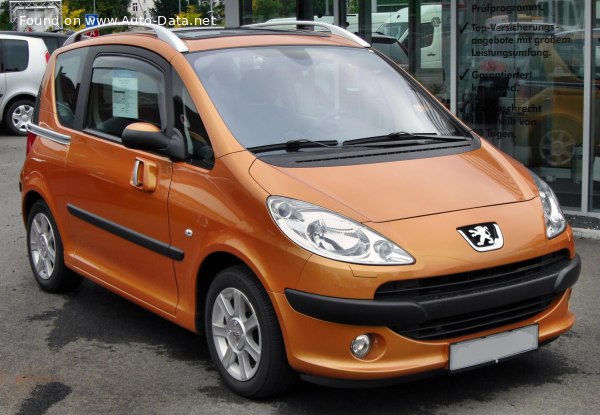
Overview:
What is the engine capacity of a Peugeot 1007 2005?
The engine capacity of the Peugeot 1007 2005 is 1587.
Peugeot 1007 2005 How many horsepower?
The engine power of the Peugeot 1007 2005 is 110 Hp @ 5800 rpm..
What is the Peugeot 1007 2005 engine?
Peugeot 1007 2005 engine is NFU TU5JP4. (Click to see other cars using the same engine)
How much gasoline does a Peugeot 1007 2005 consume?
The Peugeot 1007 2005 consumes 6.6 liters of gasoline per 100 km
General:
Engine:
Performance:
Space:
dimensions:
Powertrain, Suspension and Brakes:
See also
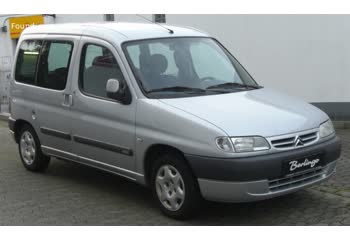
Same engine. (NFU TU5JP4).
Its production began in 2000 until 2002
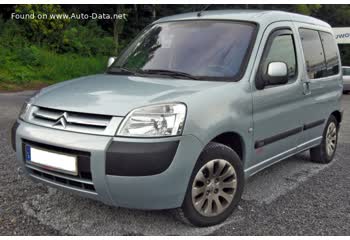
Same engine. (NFU TU5JP4).
Its production began in 2002 until 2006

Same engine. (NFU TU5JP4).
Its production began in 2005 until 2010
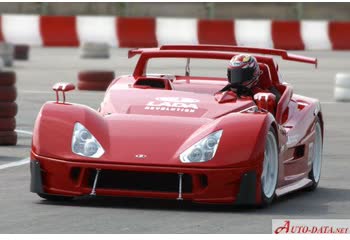
Same production year and almost the same engine capacity.
Its production began in 2005 until 2008
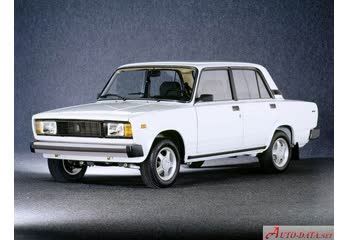
Same production year and almost the same engine capacity.
Its production began in 2005 until 2010
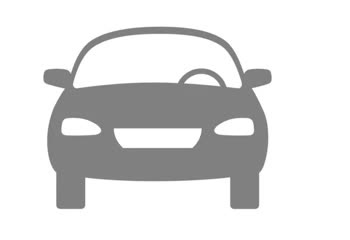
Same production year and almost the same engine capacity.
Its production began in 2005 until 2010
Write a comment